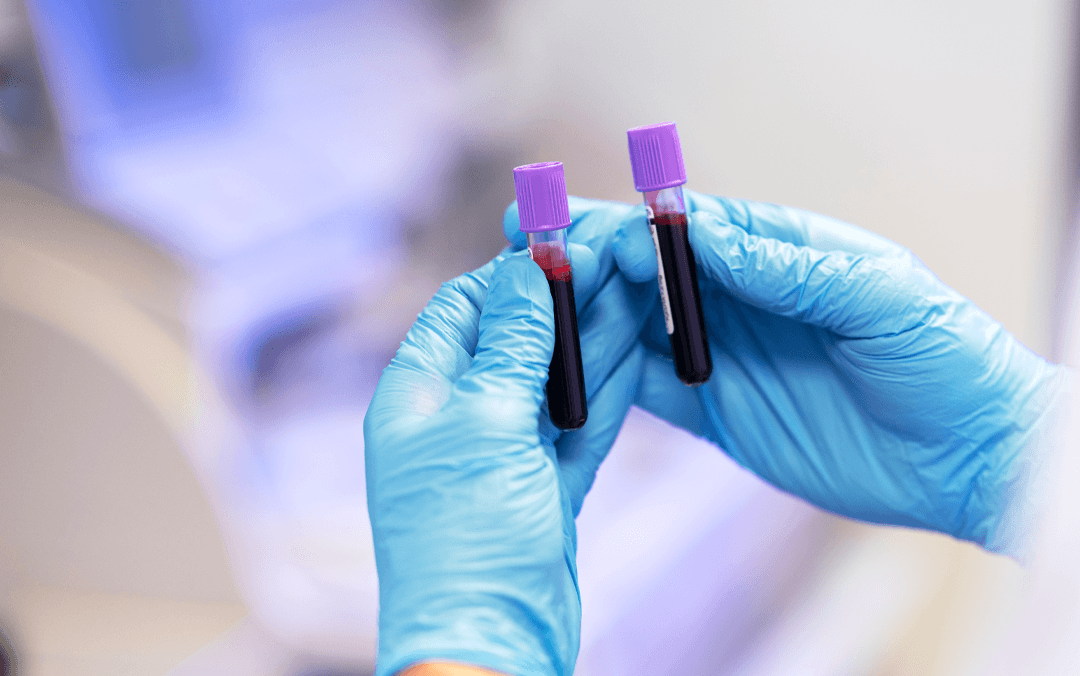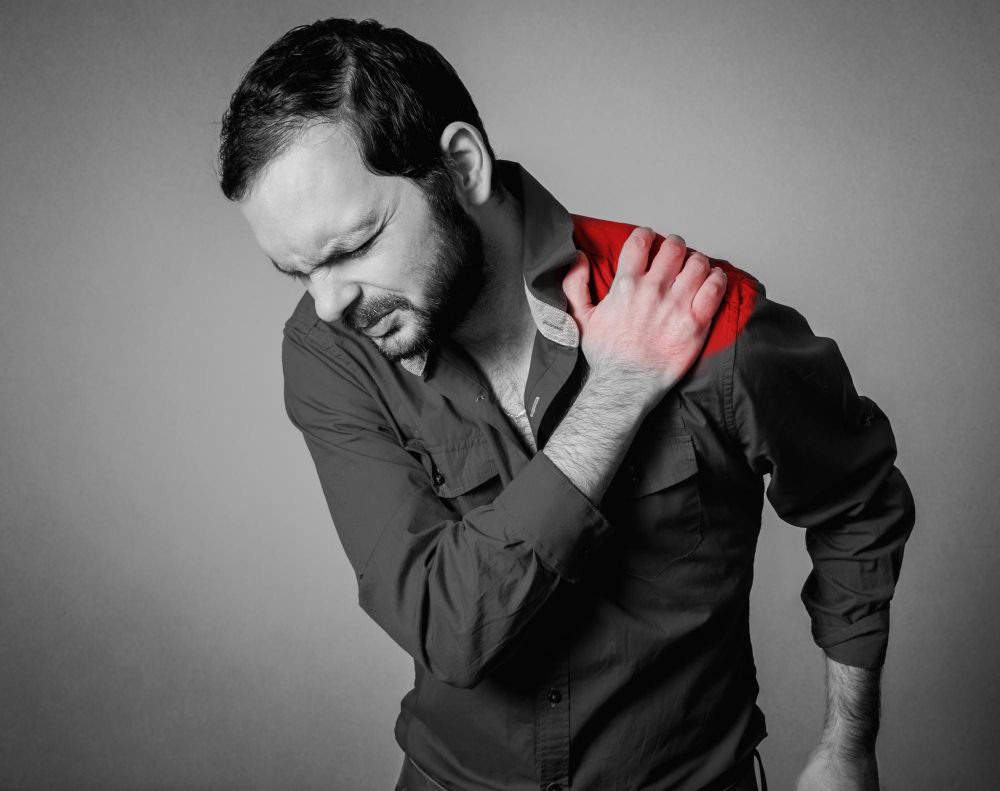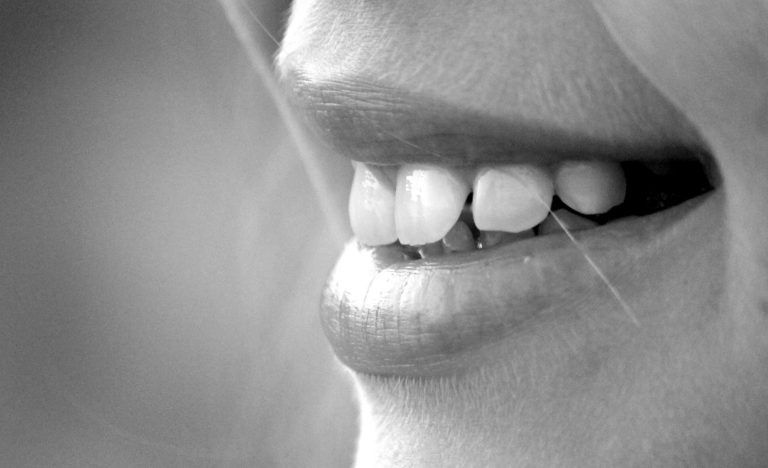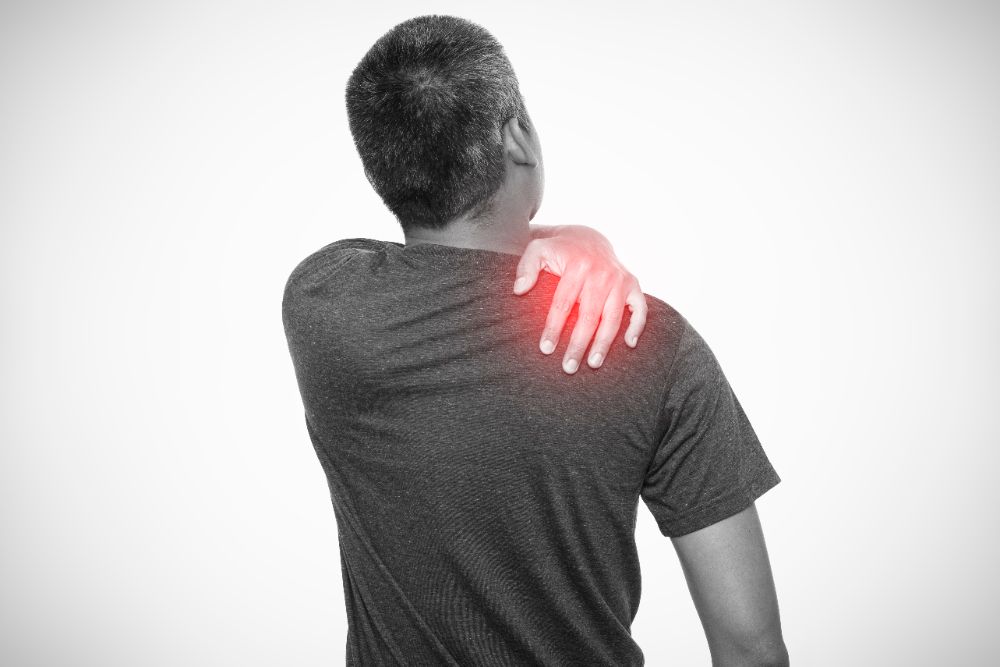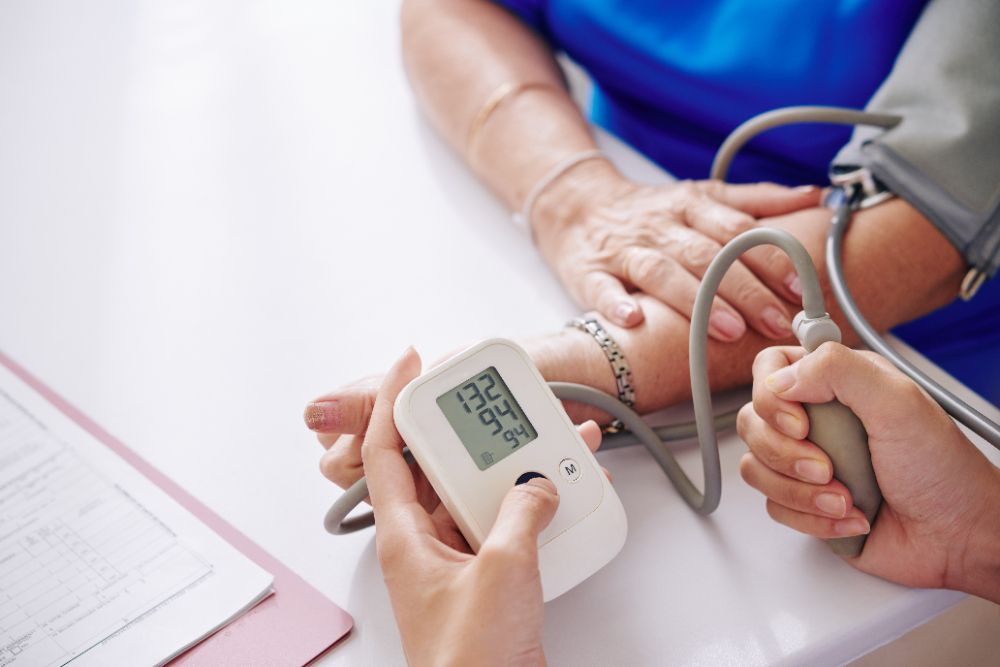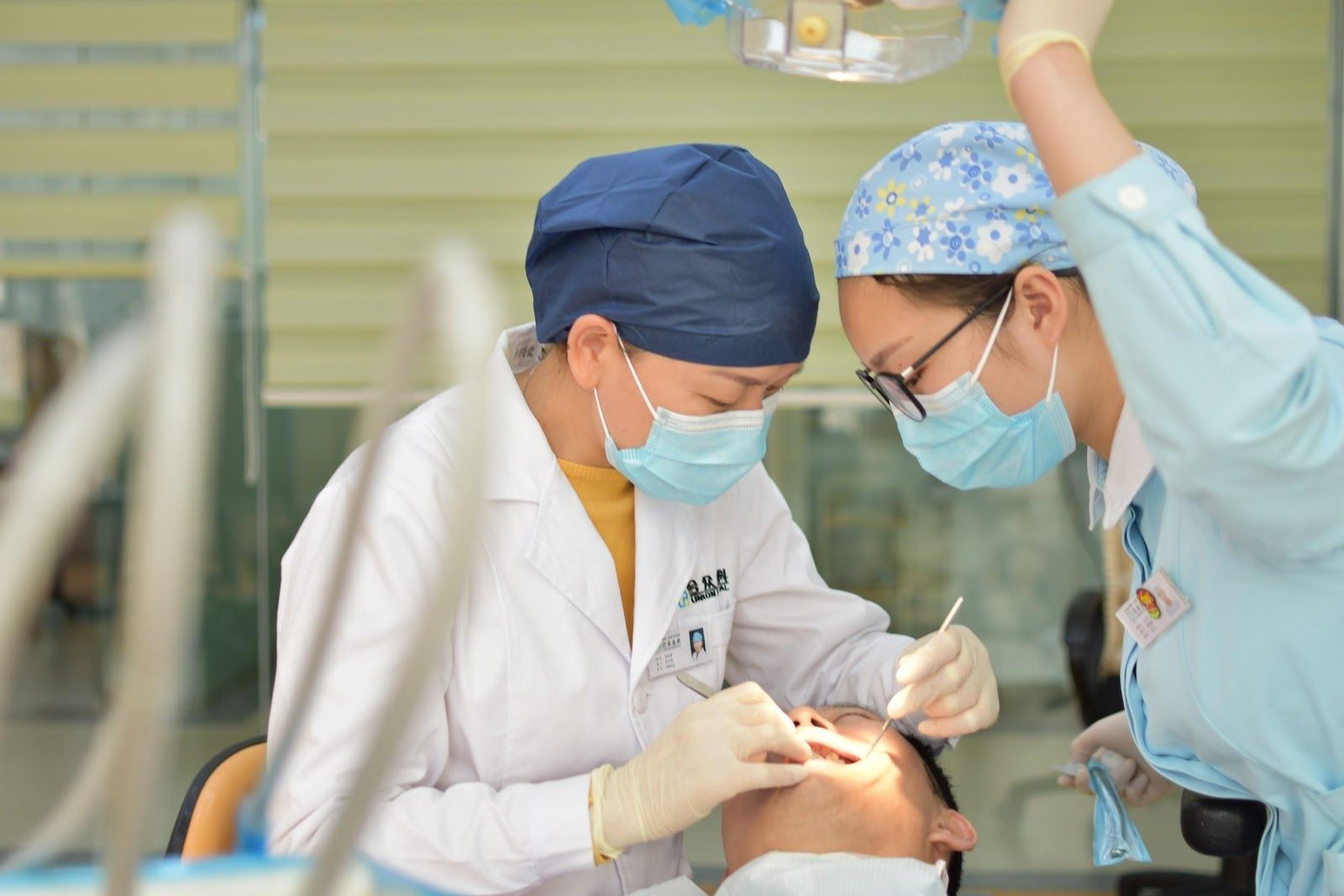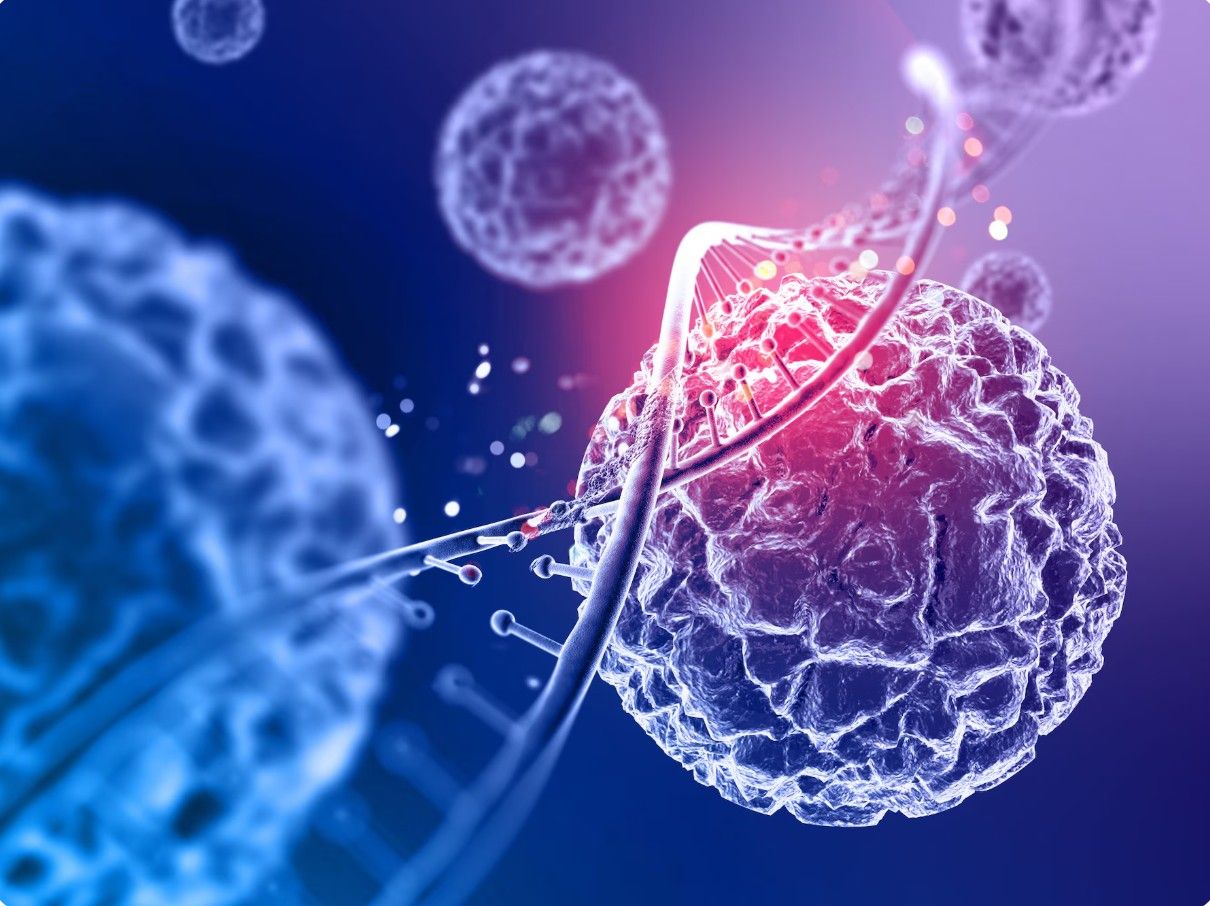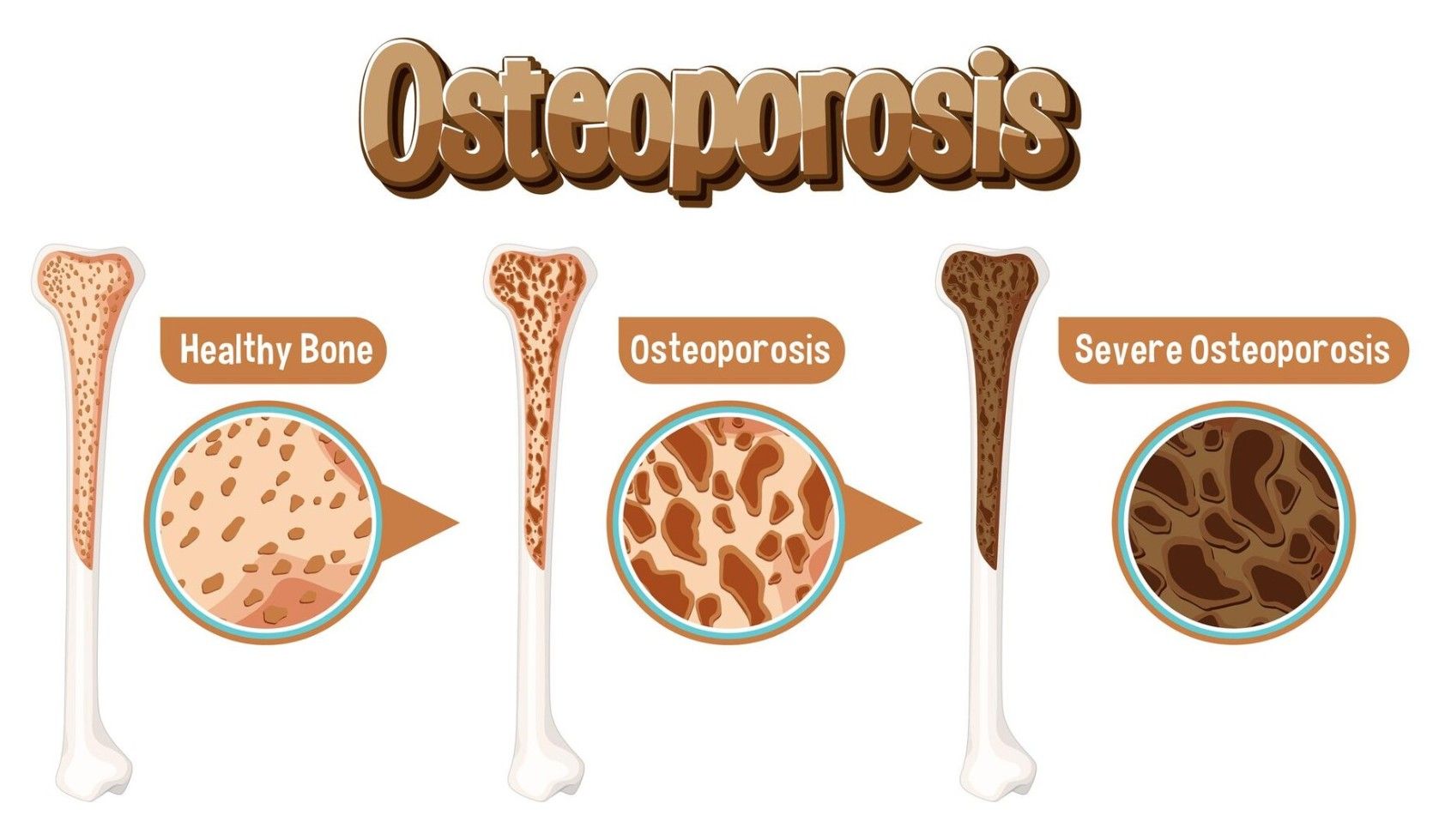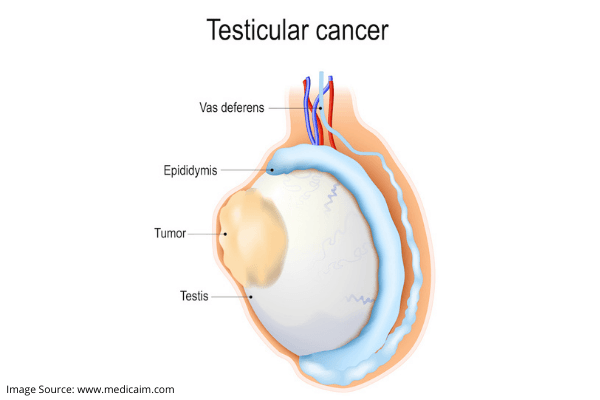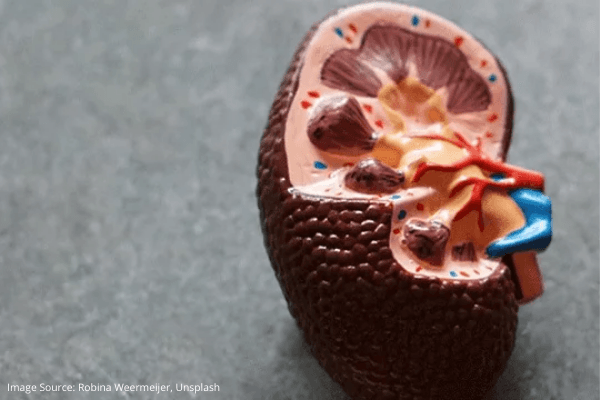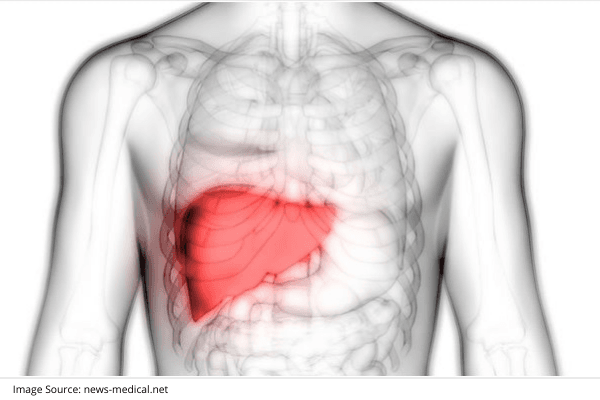Benign Hematology: Thrombosis, Hemostasis, and Women's Unique Struggles with Excessive Bleeding
Benign hematology is the branch of medicine dedicated to non-cancerous blood-related disorders, and it plays a vital role in understanding and addressing the multifaceted challenges faced by women, particularly when excessive bleeding gives rise to hematological issues. In this exploration, we will delve into the intricacies of benign hematology, shedding light on thrombosis, hemostasis, and the unique struggles that women confront when heavy bleeding becomes a hemato-related concern.
** Demystifying Thrombosis**
Thrombosis involves the formation of blood clots or thrombi within blood vessels. These clots have the potential to disrupt the natural flow of blood and, when dislodged, can trigger severe health complications. Our bodies naturally engage in thrombosis to prevent excessive bleeding when vessels are injured. However, when the balance goes wrong, thrombosis can lead to a host of issues.
Thrombosis comes in various forms, with deep vein thrombosis (DVT) and pulmonary embolism (PE) being the most recognizable. DVT occurs when clots develop in the deep veins of the legs, while PE emerges when these malignant intruders travel to the lungs, posing a life-threatening threat. Genetic predisposition, extended periods of immobility, surgery, and specific medical conditions can all contribute to the development of thrombosis.
Cracking the Code of Hemostasis
Hemostasis, the mechanism that maintains the delicate equilibrium of blood flow, is akin to a ballet of molecular players within our blood vessels. It involves the coordination of platelets, coagulation factors, and the endothelium, the inner lining of the blood vessels. Together, they orchestrate a symphony of clotting and anti-clotting responses that ensure our bodies can both prevent excessive bleeding and avoid unnecessary clot formation.
Picture platelets provide a rapid response, upon an injury, swiftly form a plug to stem the bleeding. Following it, the coagulation takes over and forms a stable blood clot.
Struggles of Excessive Bleeding in Women
Excessive bleeding, or menorrhagia, is a prevalent concern among women, often synchronized with the rhythm of their monthly cycles. While a degree of bleeding during menstruation is entirely normal, some women experience heavy bleeding posing many health challenges.
Menorrhagia can be triggered by a variety of factors, including:
Uterine Fibroids: Non-cancerous growths within the uterus that contribute to heavy menstrual bleeding.
Adenomyosis: A condition where the uterine lining infiltrates the uterine wall, resulting in painful and heavy periods.
Blood Disorders: Some women may have underlying blood disorders like platelet function disorders, which can be the underlying cause of heavy bleeding.
Hormonal Imbalance: Hormonal irregularities, such as polycystic ovary syndrome (PCOS), can lead to irregular and heavy menstrual periods.
Certain Medications: Medications such as anticoagulants or anti-inflammatory drugs may exacerbate menstrual bleeding.
** Navigating Benign Hematology in Women's Health**
Benign hematology needs the holistic understanding and management of non-malignant hematological issues. It involves evaluations, comprising blood tests, imaging studies, and, on occasion, endometrial biopsies, to uncover the root causes of menorrhagia.
Treatment and management options are tailored to each unique case and may include:
Medications: Depending on the underlying cause, healthcare providers may prescribe hormonal therapies, nonsteroidal anti-inflammatory drugs (NSAIDs), and antifibrinolytic agents to control heavy menstrual bleeding.
Minimally Invasive Procedures: Techniques like endometrial ablation offer a non-surgical approach to reduce heavy bleeding.
Surgical Interventions: In cases where non-invasive methods prove insufficient, surgical procedures, such as myomectomy to remove uterine fibroids, may be recommended.
Lifestyle Adjustments: Encouraging a healthy lifestyle that encompasses regular exercise and a balanced diet can provide overall health support and assist in the management of menorrhagia.
Conclusion
Benign hematology unveils non-malignant blood-related conditions, offering hope for those suffering from thrombosis, hemostasis, and the unique struggles of excessive bleeding, particularly in women. It is a discipline committed to ensuring that each individual, regardless of gender, has the opportunity to lead a healthy, fulfilling life.
Ten Effective Remedies That You Can Refer to When You Are Suffering from Muscle Cramps
Finally starting off with the gym life can get too overwhelming until you hit those muscle cramps along with the weights.
Skin Tags - Benign Tumor or Cancerous Tumor?
Skin tag if observed is a narrow stalk that hangs about your skin, bulging at the end. They are usually freshly colored and can grow anywhere on your body.
Rotator Cuff Tear
A rotator cuff tear is a rotator cuff injury that can cause shoulder pain and loss of arm function. The rotator cuff is a set of muscles and tendons in your shoulder.
Importance of Parental Counselling
Right from the moment you tell your friends and family about your pregnancy, little hints keep coming your way on parenting your unborn child!
Taking Care of a Terminal Patient? Here Are Six Ways to Help Them to the Fullest
A terminally ill patient is someone who has a relatively short life expectancy. Terminally ill people are usually shifted from an actively curative medicinal regime
Stages of Tooth Decay and Their Treatment Options
Tooth decay refers to the degradation process of the structure of the tooth resulting in permanent damage.
12 Home Remedies for Dry Cough
The flu, common cold, asthma, cigarette smoke exposure, and other conditions can all cause a dry cough. Home remedies such as honey, peppermint, and air purifiers may be beneficial.
Shoulder Dislocation
Shoulder dislocation occurs when the bones of your shoulder joint are pushed or forced out of their normal positions.
5 Facts to Keep in Mind for Your Monthly Menstruation Cycle
Our menstruation indicates multiple activities within your body. Every month, your uterus forms a thicker lining for the ovary to release an egg for a possible pregnancy.
Different Types of Diabetes
Junk food and increasing physical activity are leading to a worldwide epidemic of obesity, resulting in diseases like diabetes
Dilated Cardiomyopathy
Dilated cardiomyopathy is a form of heart muscle illness in which the heart chambers (ventricles) weaken and stretch, becoming bigger.
Hypertension (High Blood Pressure)
High blood pressure, also known as hypertension, is a condition in which the blood flow against the inner walls of the arteries is persistently high.
3 Cosmetic Dentistry Procedures You Did Not Know About
Over the past few years, cosmetic dentistry has undergone significant evolution in society. With the increasing demand for cosmetic dentistry, it is no longer a luxury; it has become a necessity.
5 Lifestyle Changes That Will Help with Your Urinary Incontinence
Urinary Incontinence is quite a painful and embarrassing condition to have. It refers to the loss of bladder control, which can vary from a slight release of urine after sneezing, coughing, or laughing, to a complete inability to control urination.
5 Tips This Summer to Avoid Heatstroke
Certain jobs demand fieldwork in the scorching heat. The warm weather, bright sun, and the blue skies are not always an excellent working environment for them at all.
6 Home Remedies for Yeast and Vaginal Infections
Yeast infection is common among women. You might have had the experience of irritating soreness and itching that prolonged for days due to not knowing about the cause.
Aortic Dissection
An aortic dissection is a tear in the aorta. This is the primary artery that transports oxygen-rich blood from your heart to the rest of your body.
Bariatric Surgery and Weight Loss
Bariatric surgery, also known as weight loss surgery, is performed on individuals suffering from obesity. It involves a variety of procedures that help maintain long-term weight loss and also aid in treating obesity.
Best Foods to Cleanse Your Liver
Your liver is one of the largest organs in your body and its primary function is to filter the system by converting toxins to waste products, cleansing your blood and process various nutrients.
Infertility and its Major Causes and Treatments
Infertility is an issue that’s on the rise – not just in India but all over the world. It’s estimated that, on average, one out of every six couples has had issues with infertility.
Precautions to be Taken to Avoid Eosinophilia
Let’s begin with talking about eosinophils – they are just a type of white blood cells that are laden with reactive chemicals which get released under specific conditions to cause mayhem in the body
What is BMD Assessment and its Significance in Treating Osteoporosis
Osteoporosis is that creepy monster lurking in the dark, waiting to manifest itself as you age and get less active.
Signs of Testicular Cancer
Men have a pair of testicles located in a sac-like pouch called the scrotum. It forms part of their reproductive system and are responsible for sperm production.
Signs and Symptoms of Kidney Stone
Your kidneys are very important organs in the body; they regulate water content, filter waste from blood, and produce hormones.
Treatment For Liver Failure
Treatment for liver failure depends largely on the causative agent; for example of it’s due to hepatitis virus infection, then hydration and supportive care needs to be provided while the body’s immune system fights back. If it’s due to gallstones,
Related Blogs
Ten Effective Remedies That You Can Refer to When You Are Suffering from Muscle Cramps
Finally starting off with the gym life can get too overwhelming until you hit those muscle cramps along with the weights.
Skin Tags - Benign Tumor or Cancerous Tumor?
Skin tag if observed is a narrow stalk that hangs about your skin, bulging at the end. They are usually freshly colored and can grow anywhere on your body.


